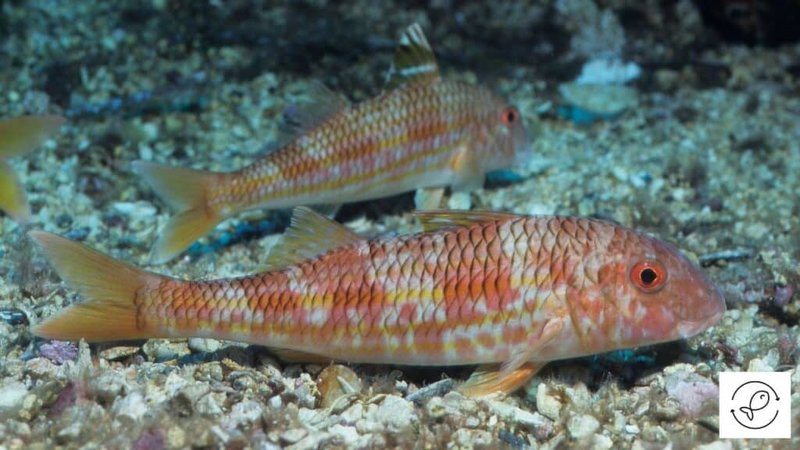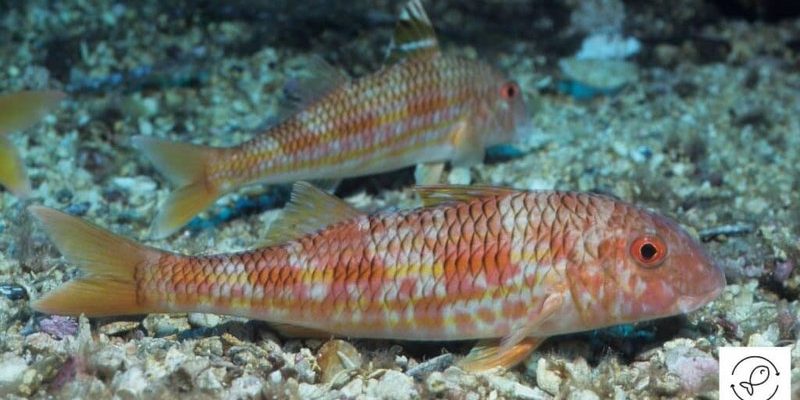
Bristle worms are part of the marine ecosystem, often regarded as scavengers that help keep the tank clean by munching on leftover food and detritus. However, they can multiply quickly and become a problem if not kept in check. In this article, we’ll explore how bristle worms invade saltwater aquariums, why they show up, and what you can do to manage them. Grab a cup of coffee, and let’s dive into the nitty-gritty of these fascinating yet sometimes pesky creatures.
What Are Bristle Worms?
Bristle worms belong to the class Polychaeta and are closely related to earthworms. They’re generally segmented and can vary in color, but many possess a distinct bristle-like appearance. These bristles, made of a material called chaetae, help them move and grip surfaces in their environment. If you’ve ever seen a wiggly worm darting around in your tank, chances are it’s a type of bristle worm.
They can range from a few millimeters to several inches long. Most bristle worms are not harmful and can even be beneficial, but you might be wondering why they invade your aquarium in the first place. Generally, they come in with live rock, corals, or substrate from other marine environments, so it’s essential to inspect these items before adding them to your tank.
How Do Bristle Worms Get Into Your Aquarium?
Let’s talk about the sneaky ways bristle worms find their way into your tank. Just like unwelcome guests, they often arrive uninvited. Here are the most common routes they take:
- Live Rock: When you purchase live rock to create a natural environment, it may already host bristle worms, sometimes without you knowing.
- Corals: Similar to live rock, corals can carry baby bristle worms. They hitch a ride on the corals’ surface or within the rock they’re attached to.
- Substrate: If you’re using sand or crushed coral from another tank or natural source, it might contain bristle worm eggs or larvae.
By taking a closer look at these items before adding them to your aquarium, you can avoid introducing potential pests. Always consider quarantining new additions to your setup for a few weeks to monitor for any unwelcome residents.
Why Are Bristle Worms Problematic?
While many bristle worms are harmless, some species can grow to be quite large and can irritate or harm other tank inhabitants. Here’s the thing: if they multiply too much, they can disrupt the balance of your carefully curated ecosystem.
For example, if you notice a sudden spike in bristle worm population, it could indicate an underlying issue, such as overfeeding or poor water quality. These worms thrive on excess food and waste, so managing their population often serves as a wake-up call to assess your tank’s health. Too many bristle worms can lead to more significant issues, like increased waste breakdown and water quality problems that can affect your fish and corals.
Identifying Different Types of Bristle Worms
Not all bristle worms are created equal! There are both beneficial and detrimental species. Some common types include:
- Fire Worms: These can irritate and sting if touched. They can be brightly colored and often grow larger than regular bristle worms.
- Common Bristle Worms: Typically found in home aquariums; they usually don’t pose a threat and can actually help clean up leftover food.
- Fossorid Worms: These are less common and live in the substrate, helping to aerate it. They can usually be harmless unless there’s overpopulation.
Identifying these types can help you determine your next steps. If you’re unsure, a quick photo search or reaching out to local aquarium forums can help you pinpoint which variety you’re dealing with.
How to Manage Bristle Worm Populations
If you find yourself with a booming population of bristle worms, don’t panic! There are several effective ways to manage them:
1. Limit Feeding: Cut back on the amount of food you give your fish. Overfeeding is often the main reason for a spike in bristle worm populations.
2. Manual Removal: If you see them frequently, you can gently remove them using a pair of tweezers. Just be cautious—some species can sting!
3. Introduce Predators: Some fish, like wrasses or certain types of triggers, enjoy eating bristle worms. Carefully consider which fish are compatible with your current tank setup.
4. Regular Maintenance: Performing regular water changes and maintaining tank cleanliness can help keep bristle worm populations in check and ensure a healthy environment for your aquatic life.
Managing bristle worms doesn’t have to be a daunting task, and by staying proactive, you can maintain a happy, thriving aquarium.
Can You Prevent Bristle Worm Invasions?
Absolutely! Prevention is always better than cure. Here are some proactive steps you can take to avoid bristle worm invasions in the first place:
- Quarantine New Additions: Before adding any fish, corals, or live rock to your aquarium, quarantine them for a few weeks. This practice helps you spot any pests early on.
- Inspect Live Rock and Coral: Examine these items carefully for signs of pests, including bristle worms, before introducing them to your tank.
- Control Nutrients: Using a good protein skimmer and staying on top of water quality will help limit excess nutrients that encourage bristle worm growth.
By taking these steps, you can significantly reduce the chance of these worms becoming a nuisance in your aquarium.
Bristle worms can create a whirlwind of confusion and concern for new and seasoned aquarium owners alike. While they can help with cleanup, they can also become overwhelming if left unchecked. By understanding how they invade, their benefits, and how to manage their populations, you can create a harmonious environment for your fish and corals. Remember, it’s all about balance. So, keep an eye on your tank, maintain good practices, and your underwater paradise can remain worm-free!

